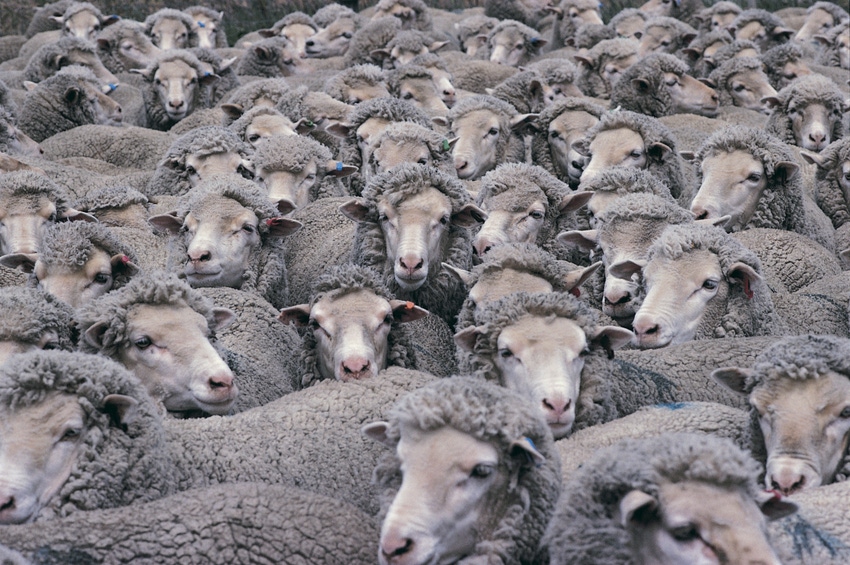Subscribe to Our Newsletters
Feedstuffs is the news source for animal agriculture
Melatonin controls production of two different proteins in the pituitary gland that, depending on season, influence sex hormone-producing cells and fertility.

You May Also Like